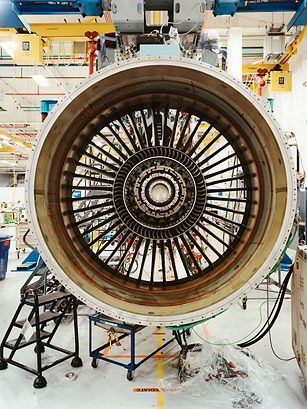
The good news is that the American economy is back to its precrisis size. The U.S. GDP is now about $13.5 trillion, a bit above what it was in 2007, before the financial crisis. The bad news is that we are producing the same amount of goods and services as in 2007 with 7 million fewer workers. The number of Americans who are unemployed has roughly doubled, and though that number is declining, it is doing so very slowly. Most new jobs are for part-time work at wages that average $19,000, less than half the median income. The official unemployment number does not include the millions who have stopped looking for work or are working part time. Add these categories and the actual number of Americans without a real full-time job would be closer to 24 million.
This disconnect between economic recovery and employment growth is new. Since World War II, recoveries from recessions have followed a fairly stable path. After the crunch, the economy bounced back vigorously, often growing at a rate of around 6%, and employment started picking up steam. We are banking on that pattern recurring. Except that it isn’t. Two years into the recovery, growth is about 2% and job creation has reached around 250,000 a month, which might sound high but is actually barely enough to keep pace with all the new workers entering the job market for the first time.